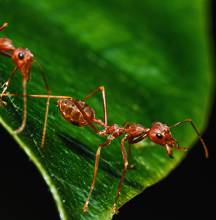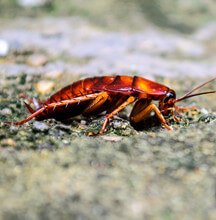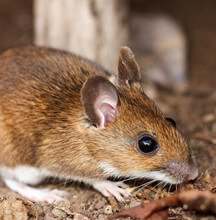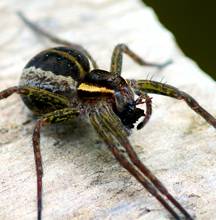Bed bugs - Facts and Treatment Methods
Bed bugs are tiny, oval insects that live on blood.
An adult has a flat body that is about 5mm in size. After eating they swell and turn from a brown to a reddish color. The don't fly but move rapidly on almost any surface. The female will lay hundreds of eggs that are microscopic in size. A nymph, immature bug sheds skin multiple times prior to reaching maturity. Prior to each shed they feed on blood. Development from nymph to adult occurs in about a month. The reproduction cycle occurs 3 or more times within a year. Although very much a nuisance they do not transmit any diseases.
Where Bed Bugs Live
Bed bugs have the ability to flatten their bodies which makes it possible for them to fit into tiny spaces. They tend to live in groups and finding hiding spots like mattresses, luggage, bed frames and headboards. These locations provide easy access to feed on humans during the night.
Overtime, they spread. This is a huge problem in highly populated ares such as hotel rooms and apartments. Containing and ridding space of these critters requires experience and know how. Having bed bugs is not a sign of dirtiness. You are as likely to find them in immaculate homes and hotel rooms as in filthy ones.
When Bed Bugs Bite
Bed bugs are most active at night and usually bite people while they are sleeping. They feed by piercing the skin and withdrawing blood through their beak. The bugs feed until they are engorged and then crawl away.
Usually bedbug bites are painless at first, but later turn into itchy welts. A bedbug will feed on any exposed part of the skin.
People who don't realize they have a bedbug infestation may attribute the itchiness and welts to other causes, such as mosquitoes. To confirm bedbug infestion you need to know what to look for, including:
- Blood stains on your sheets or pillowcases
- An odor that is musty coming from the bed bugs' glands
- fecal spots or skin sheds
Do a careful and thorough inspection of sheets, bed frame, headboard. Our network of members have UV lights and other detection systems that they will utilize to confirm your observations.
Bedbug Treatment Program
Getting rid of bed bugs begins with complete santization of the places where they live. An effective treatment program should include:
- Clean bedding, linens, curtains, and clothing in hot water and dry them on the highest dryer setting. Place stuffed animals, shoes, and other items that can't be washed in the dryer, on high heat for a full cycle - about 35-40 minutes.
- Have a professional scrub the mattress seams to remove bed bugs and their eggs before vacuuming.
- Vacuuming of bed area. After vacuuming, immediately place the vacuum cleaner bag in a plastic bag and place in garbage can outdoors.
- Buy a zippered mattress and box spring cover to keep bed bugs from entering or escaping. Bed bugs may live up to a year without feeding, so keep the cover on your mattress for at least a year.
- Get rid of clutter around the bed.
- Setup on maintenance schedule to have your pest control service technician to test the area
If your mattress is infested a professional will probably advise you throw it away, however, he'll also advise that you take care to rid the rest of your home of bed bugs or they will infest and ruin your new mattress.





